Quito, Ecuador
Eco-Efficiency tool for the Metropolitan District of Quito
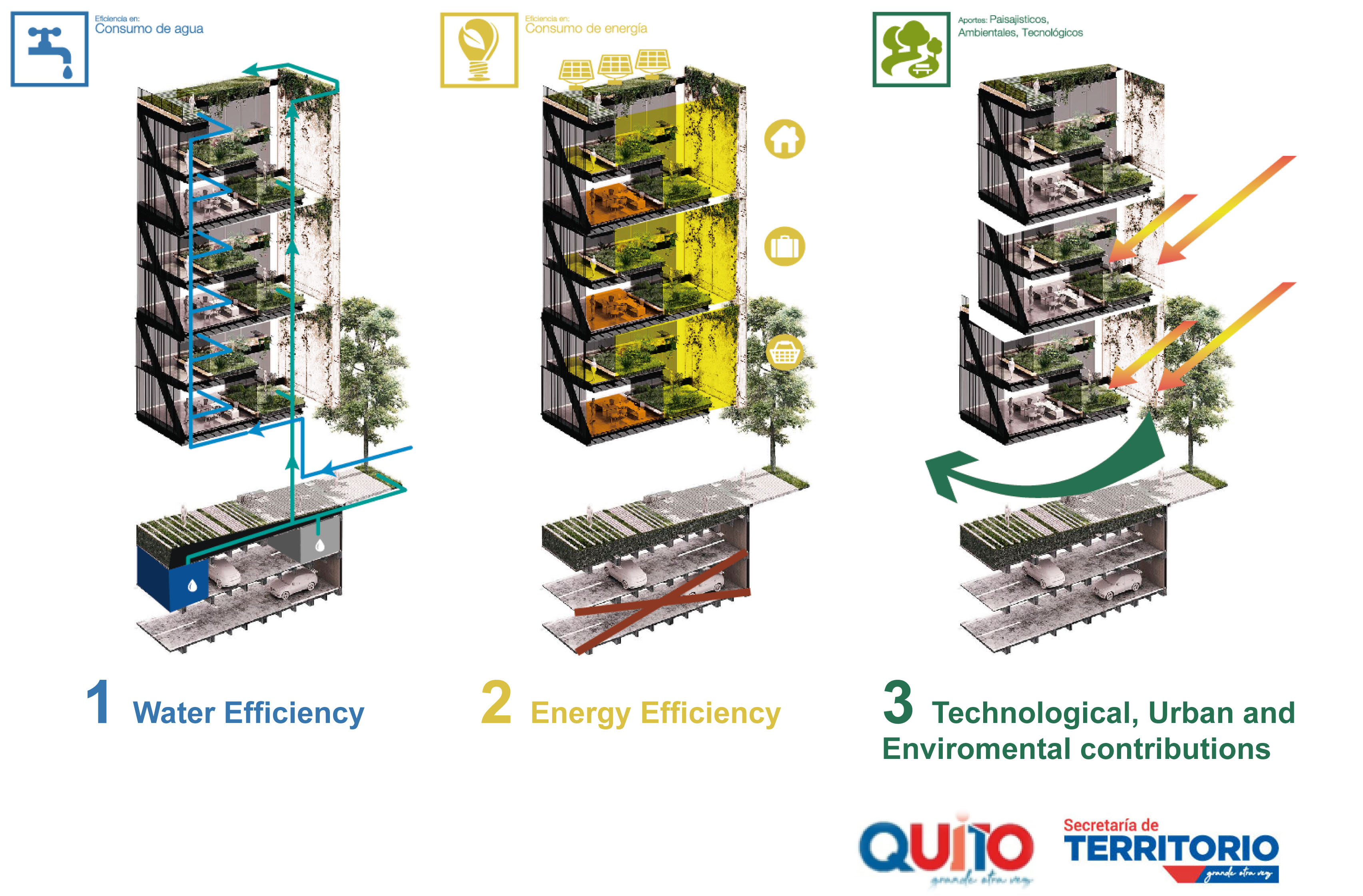
Basic City Data
Population size: 1847000
Population Growth Rate (%): 1.50
Surface Area (sq.km): 257217
Population Density (people/sq.km): 70
GDP Per Capita (U.S.$): 6273
Main Source of Prosperity (e.g. industry, trade, tourism, creative industry, etc.): Oil Industry
In 2016, Ecuador’s capital city, Quito (pop. 1,847,000), passed the Eco Efficiency Ordinance for the Metropolitan District of Quito, which incentivizes the construction of high density ‘green’ buildings (energy and water efficient, sustainably sourced construction materials) on key transportation nodes and with provisions for affordable housing. As important, the Ordinance deploys the concept of land value capture to ensure that the city retains its share of the land value increments generated by greater density and land use allowances in designated zones. The Ordinance not only helps create the conditions for sustained demand for its new public transit system (Metro) and curbs on urban expansion, but it also bolsters community and developer support for green building construction and a more equitable distribution of the financial benefits associated with denser development. To take effect, the Ordinance also has relied on partnerships with community leaders and universities to determine the parameters of local area plans around transit stations, but also ways to calculate and recover the uplift generated by development in those areas. The city calculates that it has generated approximately $10.7 million in revenue from the sale of development rights.
The TC celebrates Quito’s embrace of the latest approaches to promote transit-oriented development and land value capture as a form of project financing, many of which have been adapted from examples in neighbouring countries like Brazil and Colombia. The Eco-Efficiency tool for the Metropolitan District of Quito is innovative for its purposeful combination of environmental, transportation, housing, and public financing objectives and planning innovations. The use of land value capture also signals the city’s determination to ensure that the benefits and burdens of urban development (densification) are equitably shared by the public and private sectors. The initiative is a strong example of ecologically and financially sustainable urban development practices, a core objective of the New Urban Agenda. The successful implementation of the Ordinance will deliver outcomes consistent with the SDG 3, Good Health and Well-being; SDG 6, Clean Water and Sanitation; SDG 11, Sustainable Cities and Communities; SDG 12, Responsible Consumption and Production; and SDG 13, Climate Action.
-
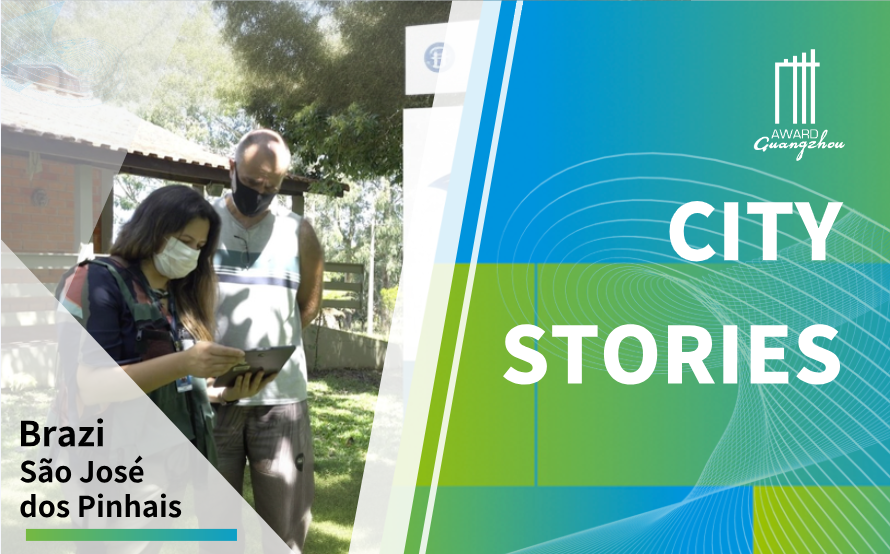 City Stories | S?o José dos Pinhais, Brazil Digital Technology and Social Participation in Surveillance and Definition of Priority Areas and Actions for the Control of Yellow Fever in Brazil
City Stories | S?o José dos Pinhais, Brazil Digital Technology and Social Participation in Surveillance and Definition of Priority Areas and Actions for the Control of Yellow Fever in Brazil -
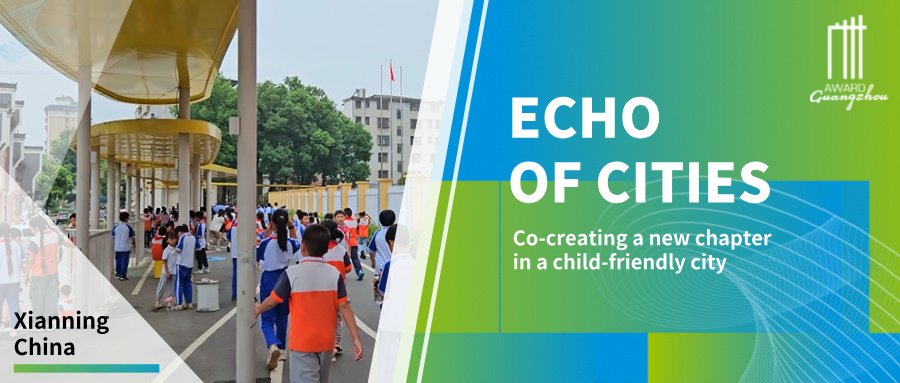 Echo of Cities | Xianning, China: Co-creating a new chapter in a child-friendly city
Echo of Cities | Xianning, China: Co-creating a new chapter in a child-friendly city -
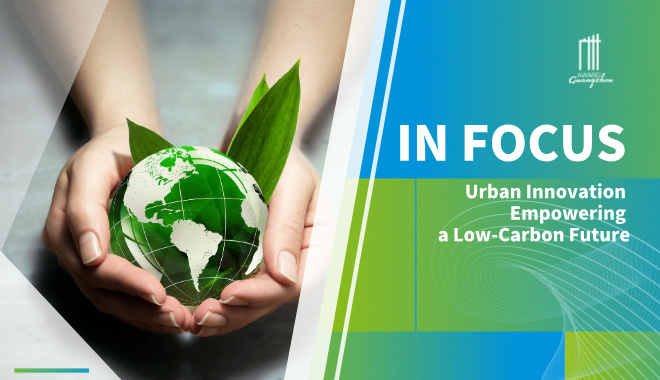 Empowering a Low-Carbon Future through Urban Innovation
Empowering a Low-Carbon Future through Urban Innovation -
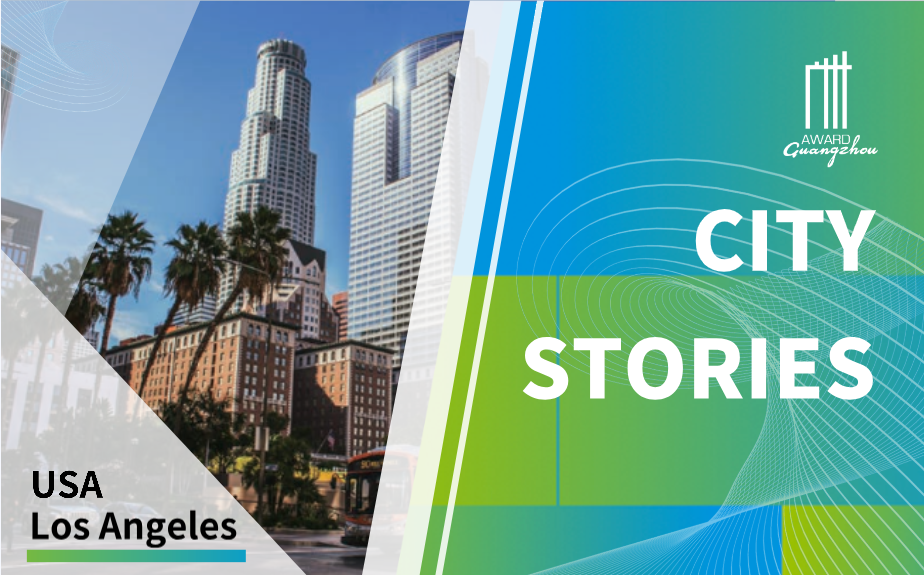 City Stories | Los Angeles, USA:Open-Source Tools for Action on the SDGs
City Stories | Los Angeles, USA:Open-Source Tools for Action on the SDGs


 City Stories | S?o José dos Pinhais, Brazil Digital Technology and Social Participation in Surveillance and Definition of Priority Areas and Actions for the Control of Yellow Fever in Brazil
City Stories | S?o José dos Pinhais, Brazil Digital Technology and Social Participation in Surveillance and Definition of Priority Areas and Actions for the Control of Yellow Fever in Brazil Echo of Cities | Xianning, China: Co-creating a new chapter in a child-friendly city
Echo of Cities | Xianning, China: Co-creating a new chapter in a child-friendly city Empowering a Low-Carbon Future through Urban Innovation
Empowering a Low-Carbon Future through Urban Innovation City Stories | Los Angeles, USA:Open-Source Tools for Action on the SDGs
City Stories | Los Angeles, USA:Open-Source Tools for Action on the SDGs




















 Tel: +86 20 3780 4434
Tel: +86 20 3780 4434 Email: info@guangzhouaward.org
Email: info@guangzhouaward.org Address: Rm 1609, FuLiXinTianDi, No.307 Guangzhou Dadao Zhong, Yuexiu District, Guangzhou, Guangdong, 501600, PRC
Address: Rm 1609, FuLiXinTianDi, No.307 Guangzhou Dadao Zhong, Yuexiu District, Guangzhou, Guangdong, 501600, PRC




